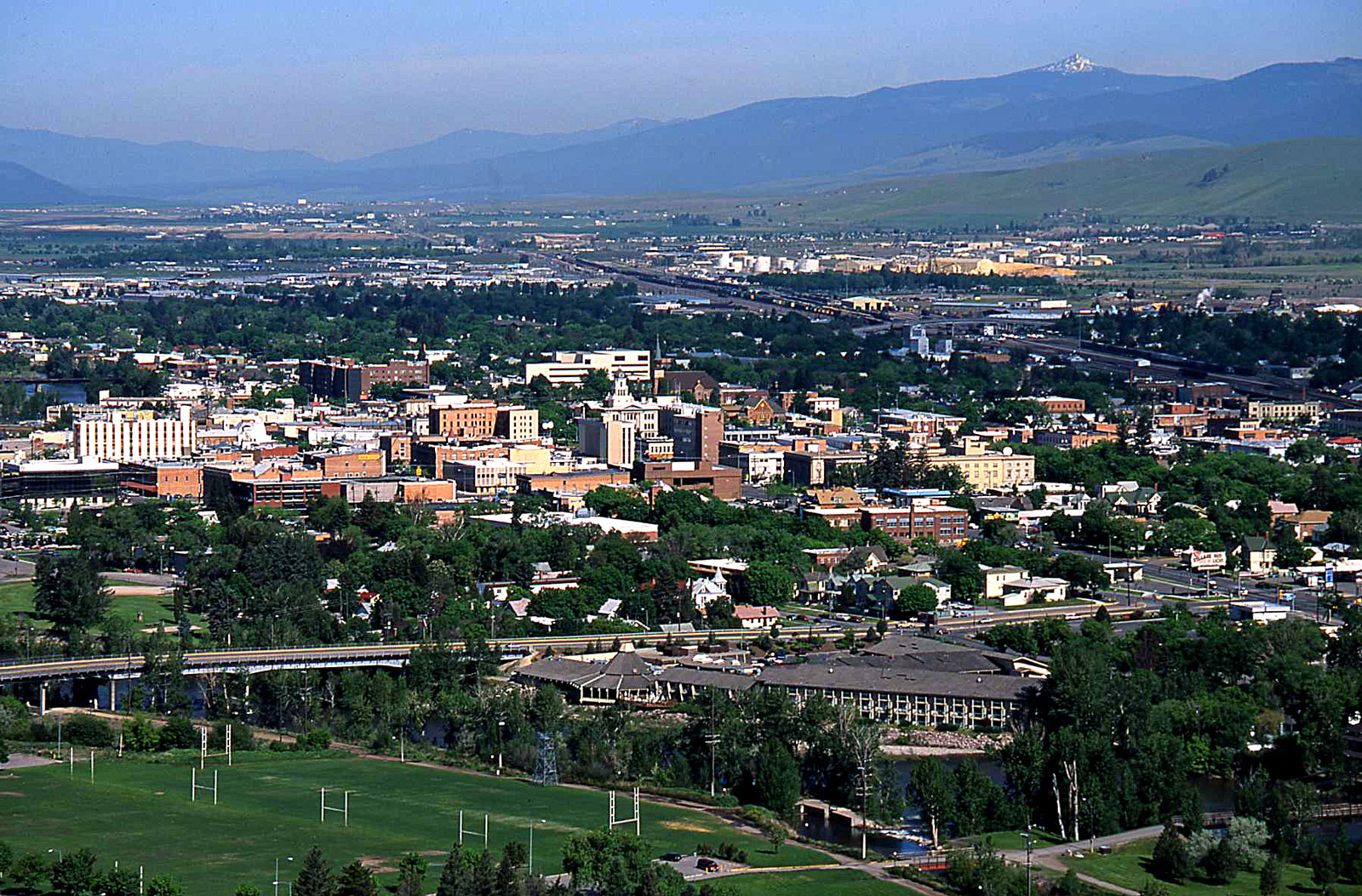Local is different. Different than national advertising. And each locality is different. Although many studies focus on national advertising and marketing spending, we believe an understanding of the features of a local media market must contribute to the strategic use of available channels. While the largest U.S. markets are fascinating, the opportunity for improved returns on spending can be found by exploiting local spending patterns.
In several recent postings, we’ve compared local automotive spending in Los Angeles and New York. Because New York’s television spending is a significantly lower share of total marketing spend, 9.93 percent less than the share of market television holds in Los Angeles, there is an opportunity to use more television in New York to create greater brand awareness, based on the Interactive Advertising Bureau’s findings that TV plus digital increases lift by an average of 10 percent.
Media is breaking out all over, in an unevenly distributed way. In smaller localities, new channels are opportunities to dominate a conversation, if local customers are willing to use them. Yet, in many localities there are significant differences in how business uses local marketing channels that create opportunities for smart marketers using data to recognize under-utilized channels within their vertical.
 Let’s continue the investigation of automotive markets, turning now to Missoula, Montana, population approximately 70,000. Missoula’s total media spending is about $120 million annually, with an automotive market worth $9.8 million in advertising. Digital accounts for $4o.4 million in 2017. Throughout this article, the data used comes from BIA/Kelsey’s beta ADVantage data service, about which we’ll be saying more soon.
Let’s continue the investigation of automotive markets, turning now to Missoula, Montana, population approximately 70,000. Missoula’s total media spending is about $120 million annually, with an automotive market worth $9.8 million in advertising. Digital accounts for $4o.4 million in 2017. Throughout this article, the data used comes from BIA/Kelsey’s beta ADVantage data service, about which we’ll be saying more soon.
BIA/Kelsey projects that Missoula’s media market will grow by $200 million by 2021, as more channels are introduced and due to natural economic growth. The addition of new marketing channels will further fragment the conversations between brands, businesses and customers, adding revenue overall while cannibalizing some existing channels.
What channels represent unusual opportunity for a marketer considering selling automobiles, auto services and repair, and after-market or other products?
Take a look at the second figure in this posting, 2016 Los Angeles vs. Missoula Automotive Spending By Percentage. Television, at 29.8 percent of the market, is significantly underused in Missoula compared to New York’s 41.98 percent share. Cable TV and radio advertising are also less important in Missoula, in terms of spend. Meanwhile, online display (“Online – Other”), mobile and direct mail advertising are used 6.84 percent, 5.58 percent, and 6.63 percent more, respectively, as a percentage of Missoula advertising spend in 2017.
 Missoulans are more digital than New Yorkers in several ways, though they still seem to respond to direct mail. Based on many studies, including the aforementioned IAB study, multi-channel marketing is more effective than single-channel messages. In Missoula, the low TV and radio usage may represent an untapped source of brand awareness that, when combined with digital display and mobile advertising, which claim 12.4 percent more of the market than they do in New York.
Missoulans are more digital than New Yorkers in several ways, though they still seem to respond to direct mail. Based on many studies, including the aforementioned IAB study, multi-channel marketing is more effective than single-channel messages. In Missoula, the low TV and radio usage may represent an untapped source of brand awareness that, when combined with digital display and mobile advertising, which claim 12.4 percent more of the market than they do in New York.
A local marketer may look at these numbers and think online and mobile ads are the most effective channels in Missoula, but that would miss the value of combining media to improve awareness and conversion. Digital channels, like direct mail, are response-centric media that can be used to convert a customer made aware of a brand or product by television and radio. Think in terms of meeting customers where they hang out, and even in Big Sky Country, they spend a lot of time in front of the television.
Digging into the local variance from national averages, marketers can find unique combinations of affordable inventory to touch the customer in many channels. It’s good to think of small markets as unique, rather than as reflections of the national advertising market. Then, there are deals to be found and customers that are being ignored by competitors who choose channels based on national trends.

